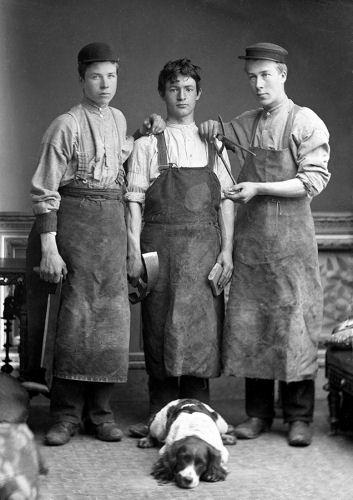(xiii) Earning a living 1377-1911: work, occupations, gender and economic development in England

Virtually everyone in the past, as now, worked for their living. Discovering how the words ‘work’ and ‘labour’ were used historically helps to understand how these words are used in so many different contexts today. (Think of housework, in work, and needlework, or labourer and being in labour.). Examining what kinds of work people did allows us to glimpse how different their daily lives were from our own, and also to assess processes of economic development in the long run. Covering five and a half centuries, between the poll tax of 1377 and the national census of 1911, we start with the endpoint because the early 20th century evidence is the most accessible to begin to understand the issues. Population lists like the poll tax and the census recorded occupations, which can be classified to determine the proportion of the population that worked in agriculture, in manufacturing, and in services. These three sectors are indicators of development for economists. But these sources more reliably recorded men’s occupations than they did women’s work. So we add other sources like account books to find out what work people were paid for. Formulaic sources like these which facilitate quantitative analysis are systematically contrasted with narrative sources providing qualitative discussions of work, including diaries, autobiographies, poetry and fiction. Throughout, close attention is paid to geography: from where in the country does the diarist or the quantitative source originate? Different types of landscape allow different types of economy which enables or limits ways of earning a living.
Students taking this option will be using numerical material, but no knowledge of maths beyond basic numeracy is required. Training will be provided in the use of two software packages (MS Excel and MS Access).
This material is intended for current students but will be interesting to prospective students. It is indicative only.
